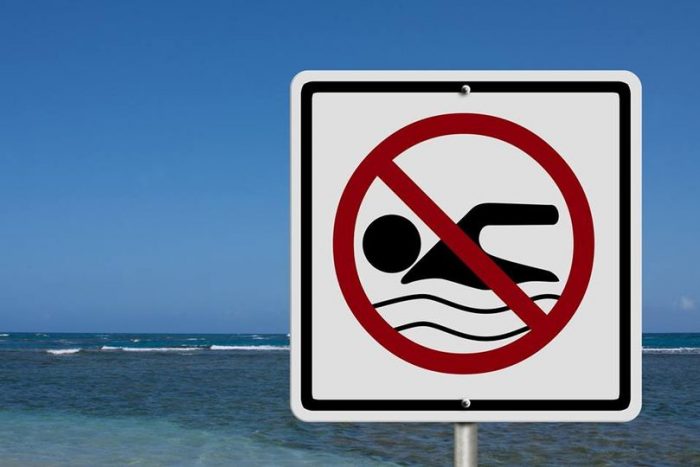Fest to include indie weekend, female directors panel, SBU grads
By Melissa Arnold
Stony Brook University’s Staller Center for the Arts turns into a movie lover’s mecca when new independent films screen at the Stony Brook Film Festival from Thursday, July 21 to Saturday, July 30. The popular event pairs memorable short films with an array of features you won’t see anywhere else, making it a favorite of moviegoers and filmmakers alike.
Now in its 27th year, the festival will celebrate its return to a fully live experience after some creative adjustments during the pandemic. Over the course of nine days, 38 films from 27 countries will be screened on evenings and weekends. But deciding what to show is no easy task.
More than a thousand films are sent to festival director Alan Inkles each year, he said. With the help of co-director Kent Marks, they go through an intense process of screening, debating, and cutting before the final selections are made.
The resulting collection showcases both shorts and feature-length films in all kinds of styles and genres. Among them is a short sci-fi comedy called The Switcheroo, directed by brothers and Stony Brook natives Ryan and Anthony Famulari. The film will be screened on Sunday, July 24 at 7 p.m.
“I try not to read anything about a film before I watch it — I owe it to our viewers to not favor anyone, so I’m not going to pick a film just because it’s local. We choose a film because it’s enjoyable,” Inkles explained. “That said, I love that we’ve been able to include Switcheroo and have Long Island represented. Comedy is hard to do, especially for young filmmakers, but this story is so charming, funny, and just really nailed it. And when I read that the brothers were from Stony Brook, I thought it was great.”
The Switcheroo stars Anthony Famulari playing both a heartbroken scientist and his charismatic clone. The clone tries to help his creator land a date, which reveals some surprising and funny secrets.
Cloning was the perfect concept to explore for the brothers, who were living together during the worst of the pandemic and looking for something fun to do.
“The idea was more of a necessity, considering we didn’t have a crew or a large budget,” said Anthony, 33. “But we wanted to make something that was still enjoyable and interesting. We both gravitate to stories with sci-fi elements, and it was a great solution to the creative challenges of the time.”
The brothers grew up with their own interests, but shared a deep love of movies and storytelling. Both went on to major in journalism at Stony Brook University. While there, Ryan played football and Anthony dove into theater. They also worked together conducting and filming interviews on campus, and wrote film scripts in their spare time.
“Anthony was always a ham, but I didn’t see him act for the first time until college. I found that he was really good at it,” recalls Ryan, 35. “This has been a passion for us for a long time. We’ll go see a movie and then get into a deep discussion about it for an hour after. Our filmmaking is like that too. We’ll wrestle over an idea, but that’s fun for us.”
These days, the Famularis are on separate coasts — Ryan went to grad school for creative writing and is currently living in New York working remotely for a Los Angeles-based animation studio, while Anthony lives in Los Angeles pursuing acting while also working for an animation studio. But they’re still writing together and looking forward to whatever comes next.
“We’re constantly bouncing ideas around, and with each one of our short films, we learn something new and continue to improve,” Anthony said. “At the end of the day, our goal is to create something enjoyable that’s worth people’s time, while pursuing our passions.”
Also of note during this year’s festival is a panel discussion on women in filmmaking, and a weekend celebrating the spirit of American-made indie films.
“We have a lot of female writers and directors represented here, and have since the festival first began,” Inkles said. “It was important for us to feature them in a special way, and provide a unique opportunity for conversation, both among the panelists and with the audience.”
The panel is an exclusive benefit open to those who purchase festival passes. A variety of options are available, including an opening weekend pass.
Many film screenings will also include a question and answer session with the filmmaker. “That’s what makes a film festival so interesting as opposed to just going to the movies — you get the chance to talk with the filmmakers directly and learn more about their process,” Inkles said.
The Stony Brook Film Festival will be held from July 21 through July 30 30 at Stony Brook University’s Staller Center for the Arts, 100 Nicolls Road, Stony Brook. Individual tickets and premium passes are available. For the full schedule and more information or to purchase tickets, visit www.stallercenter.com or call the box office at 631-632-2787.
This article was updated July 23, 2022.





















